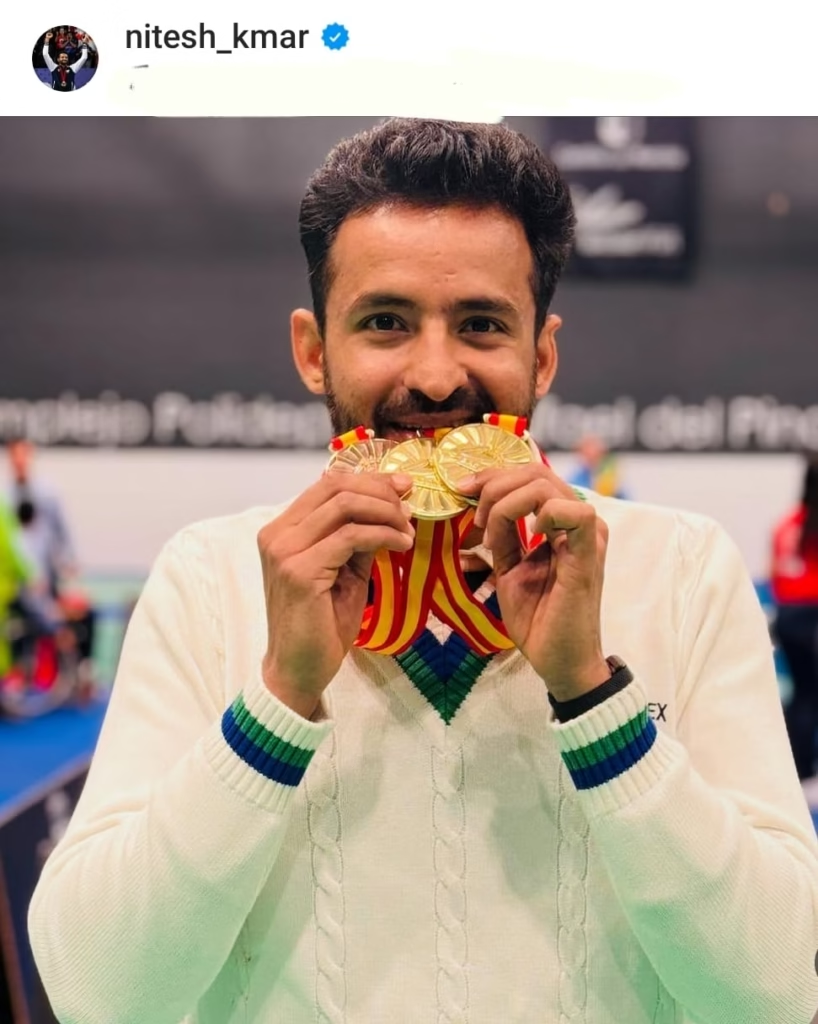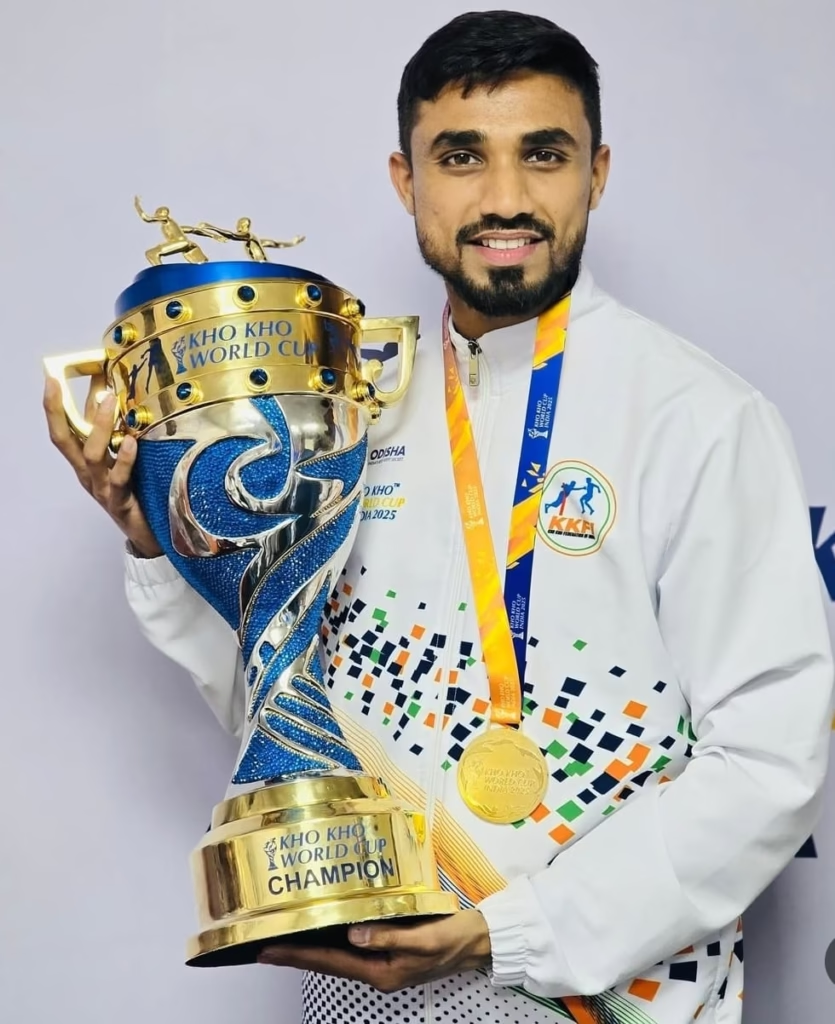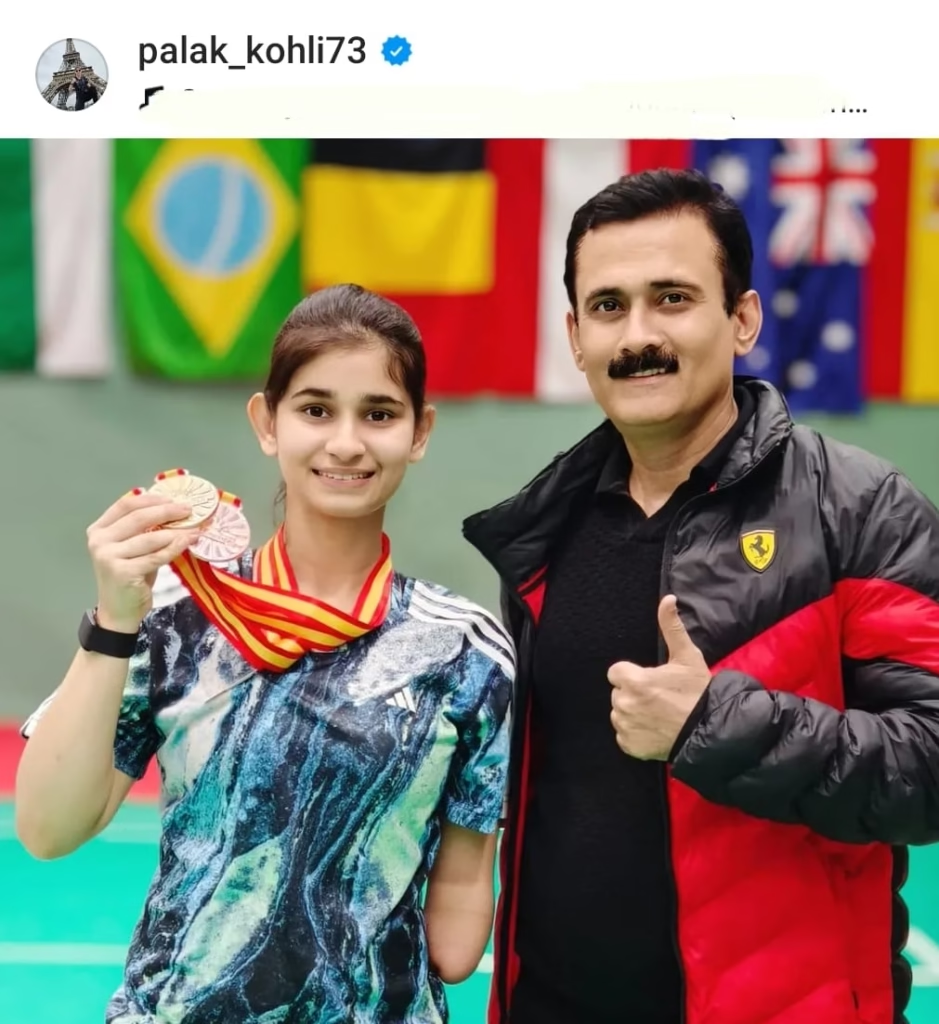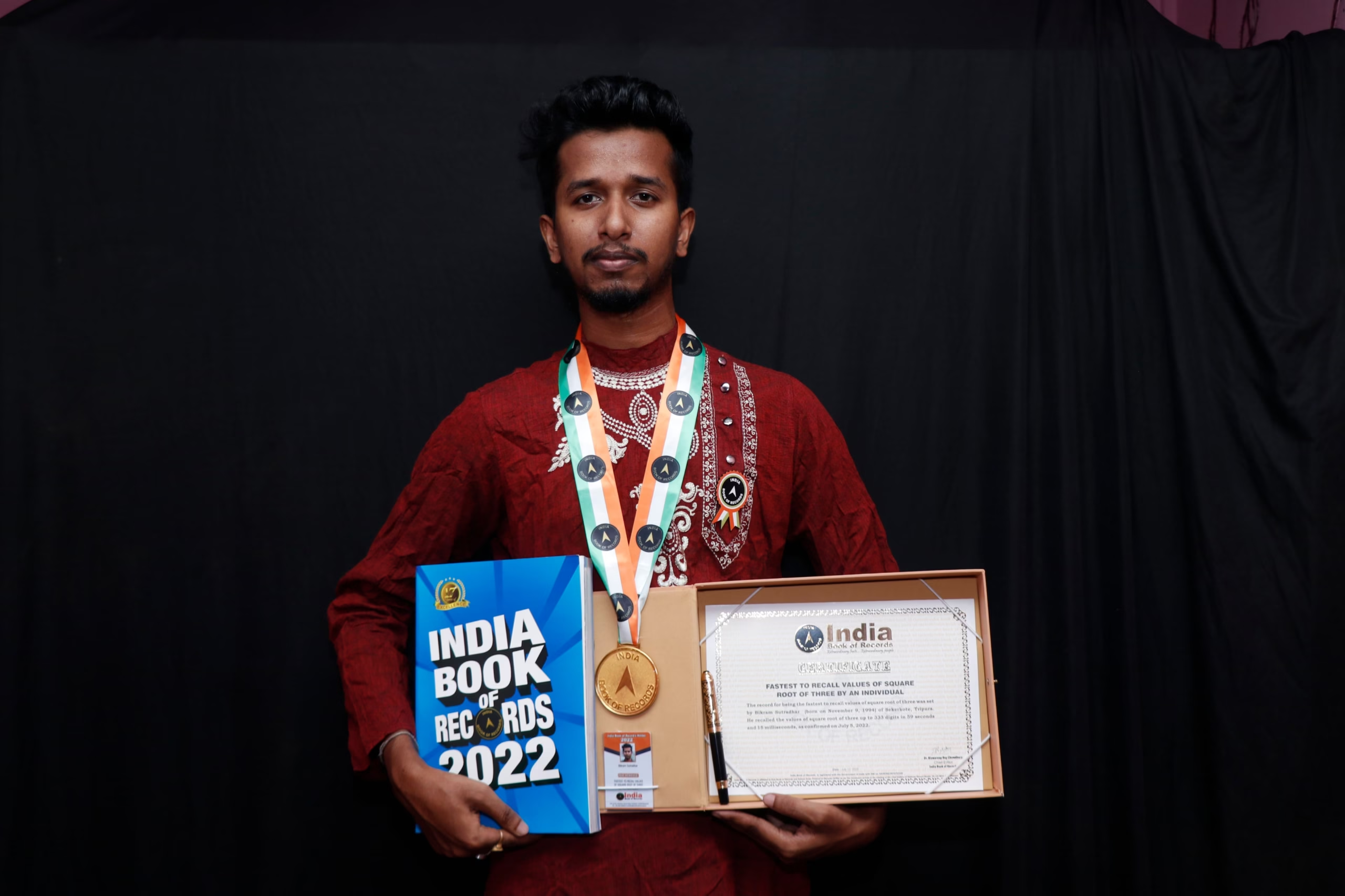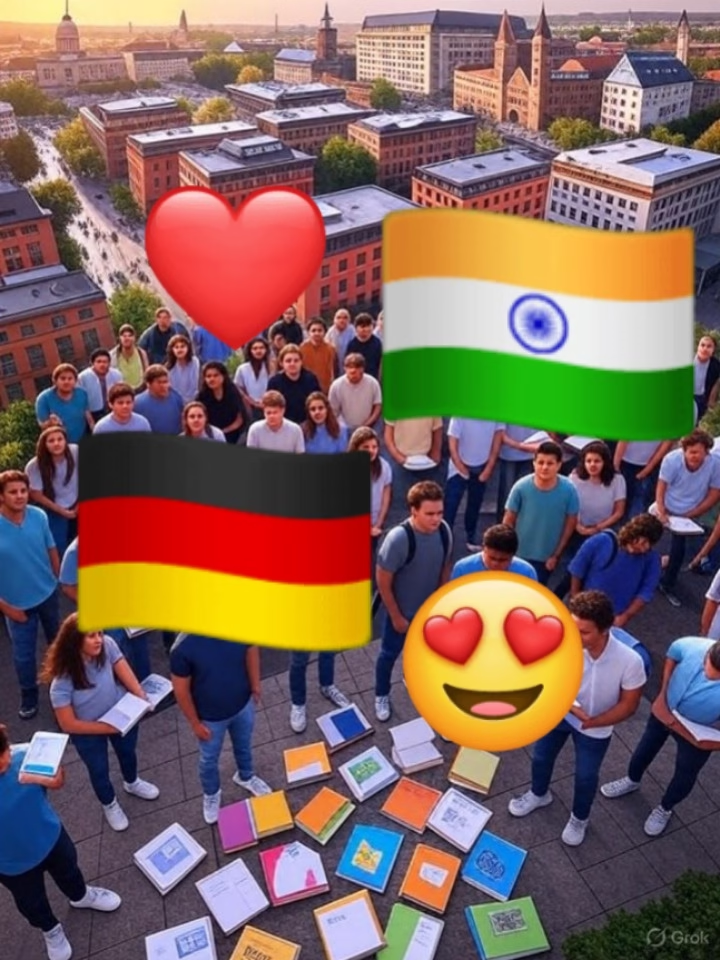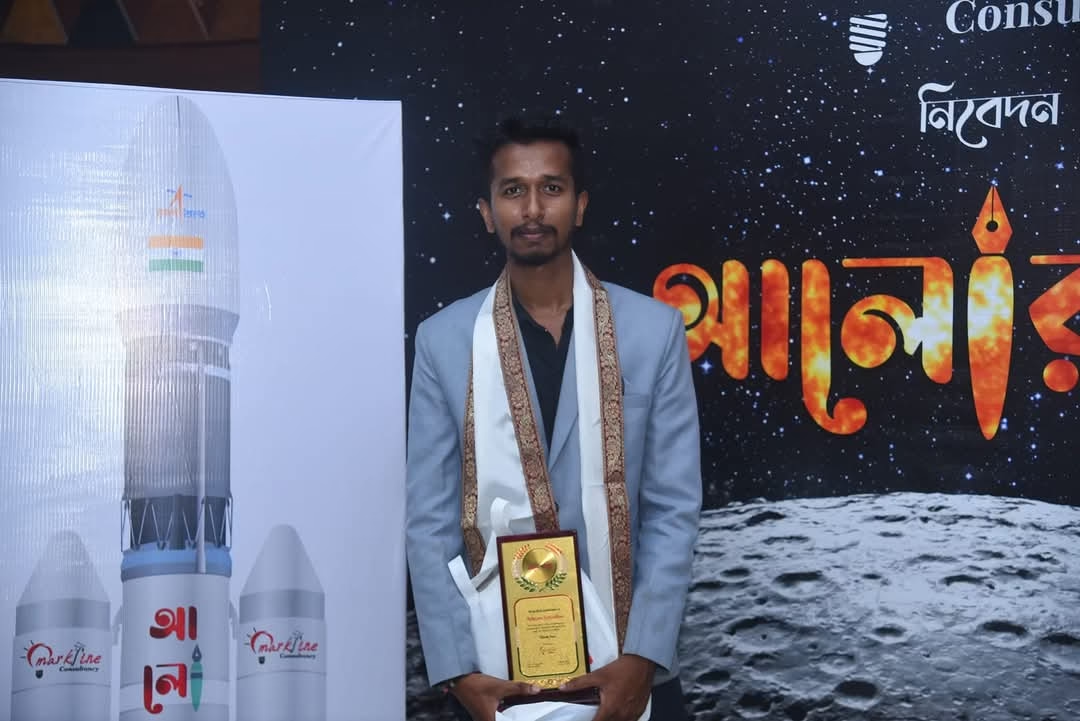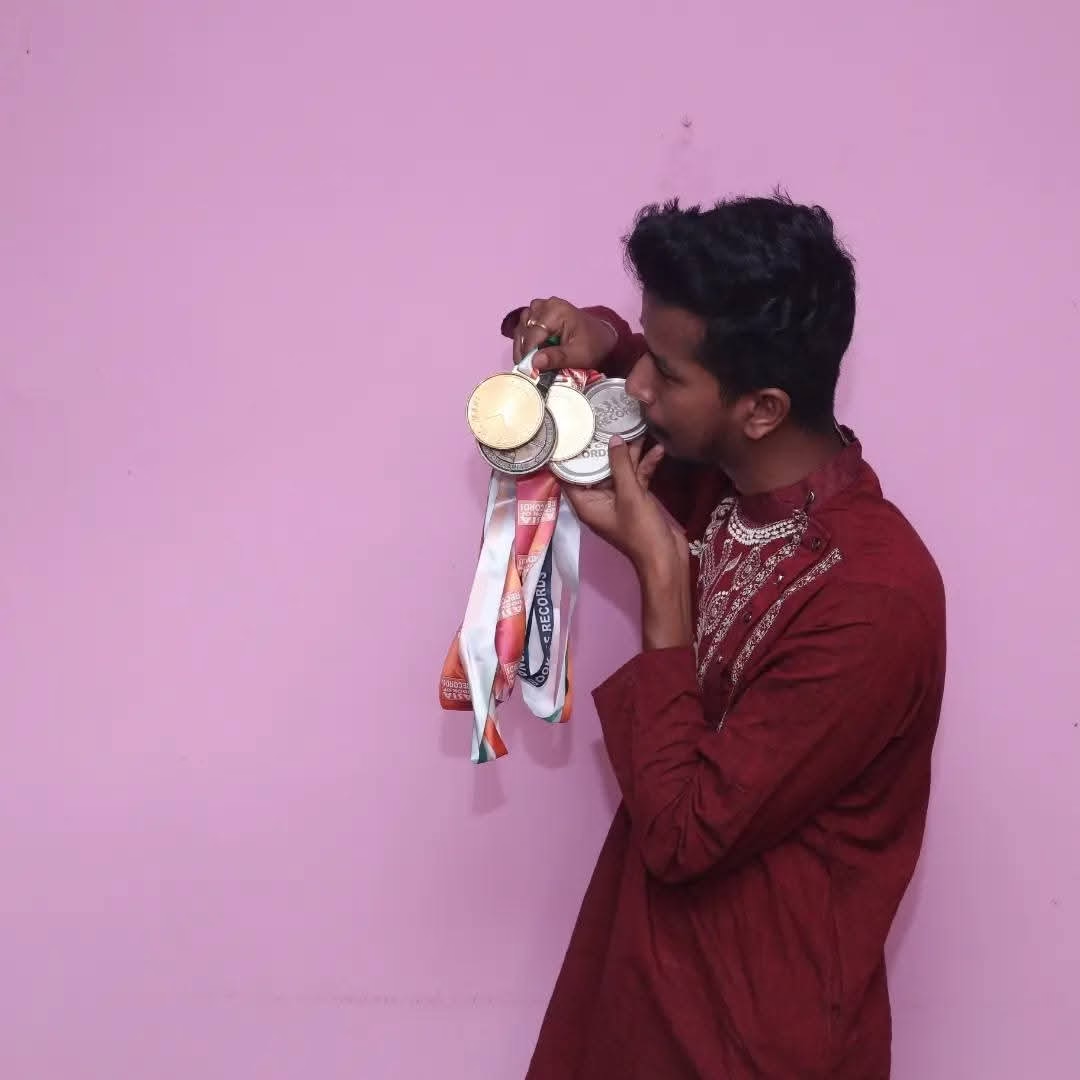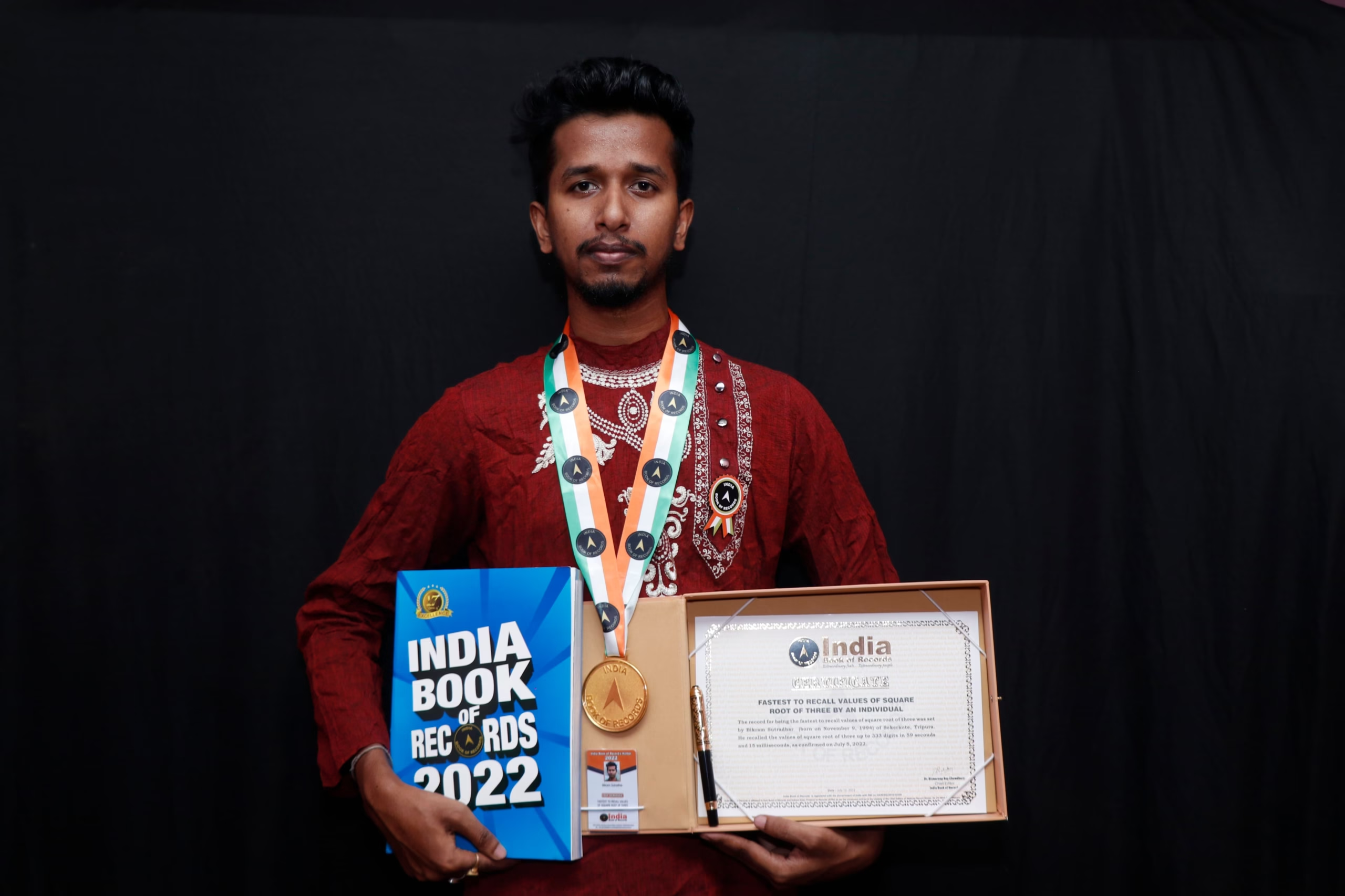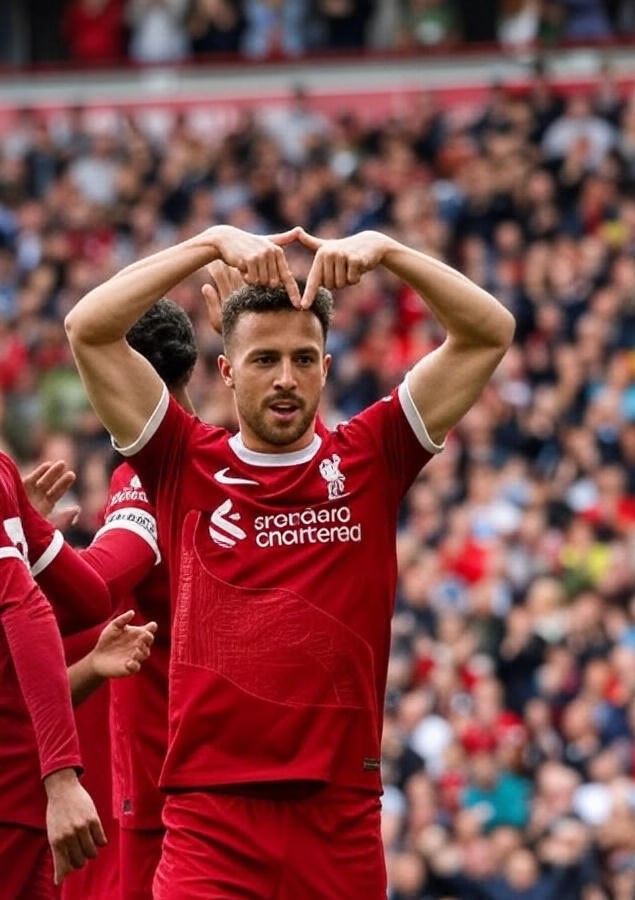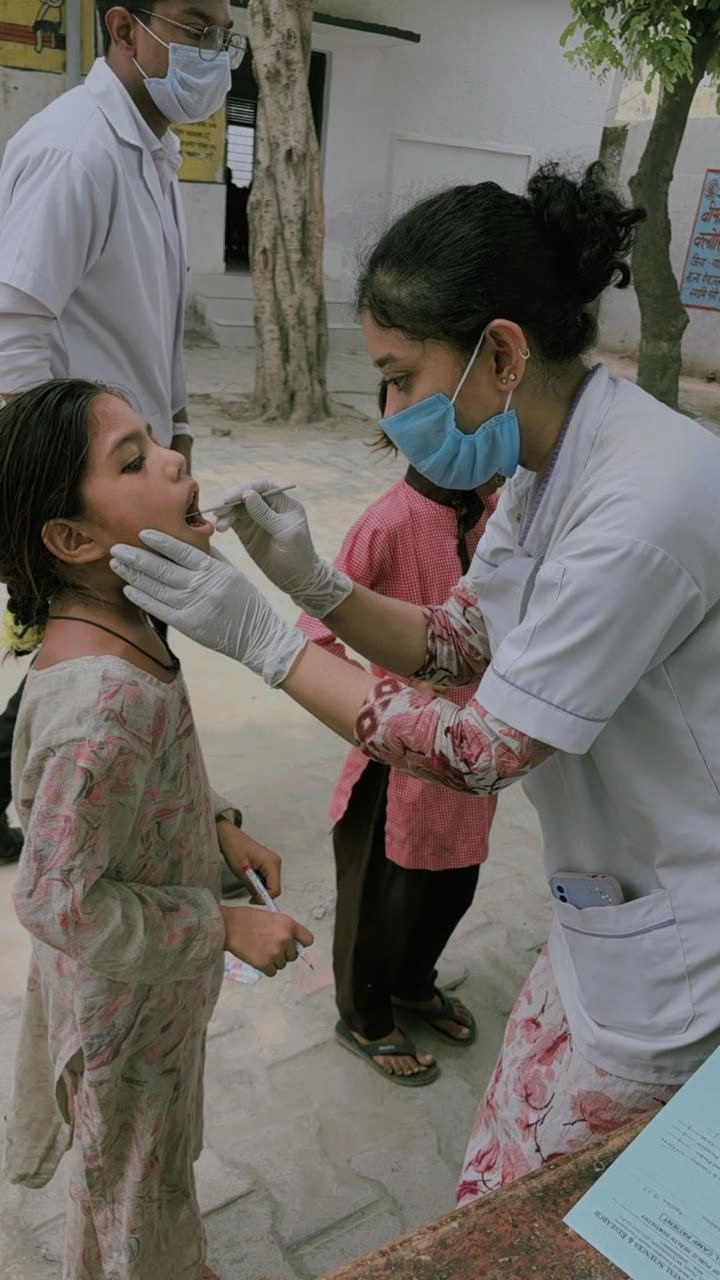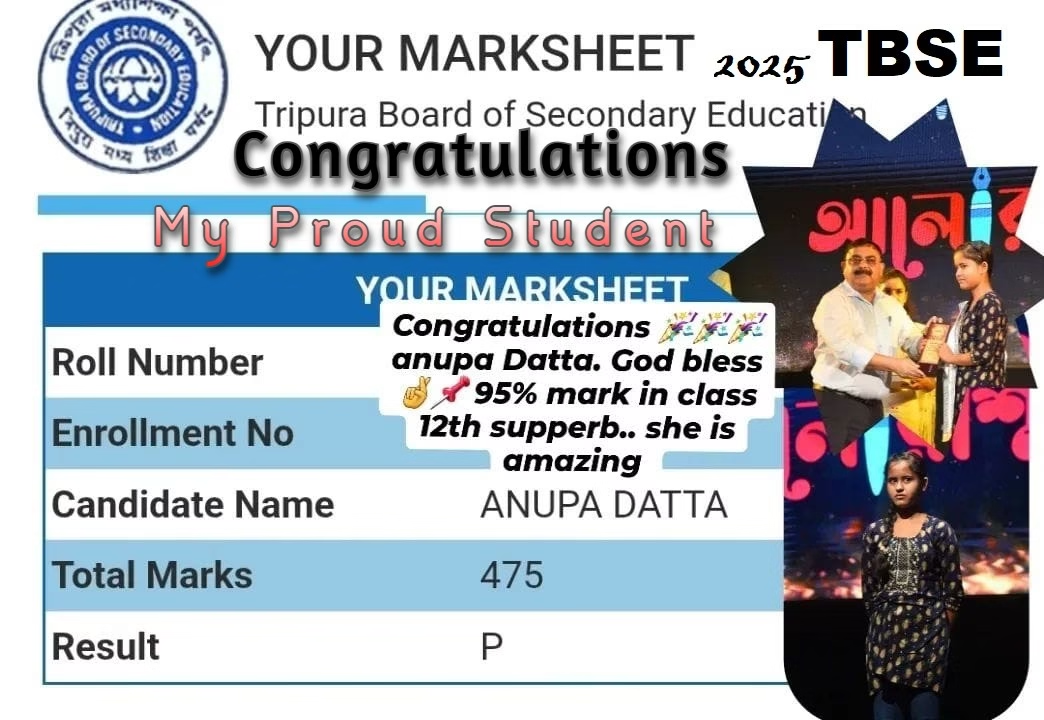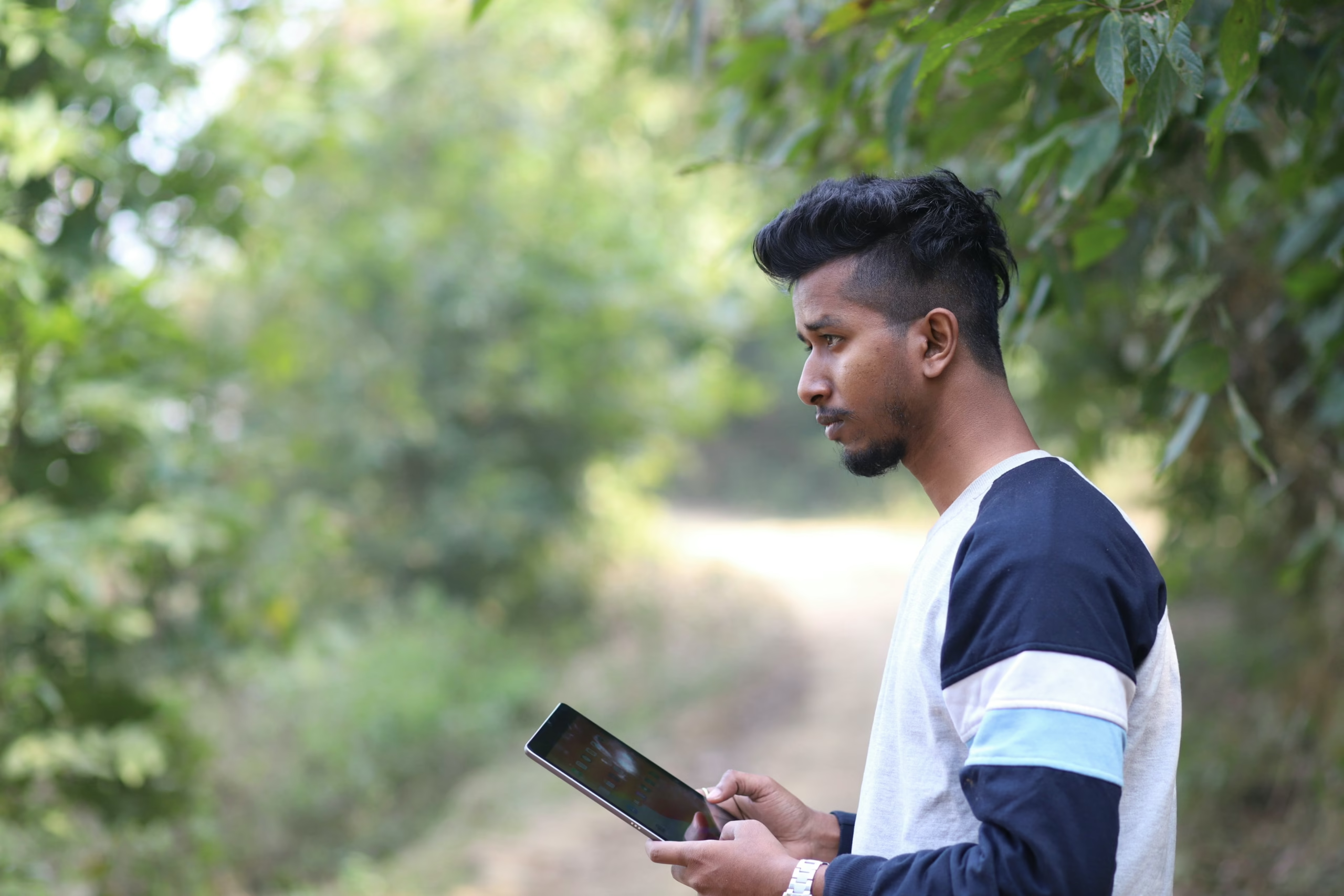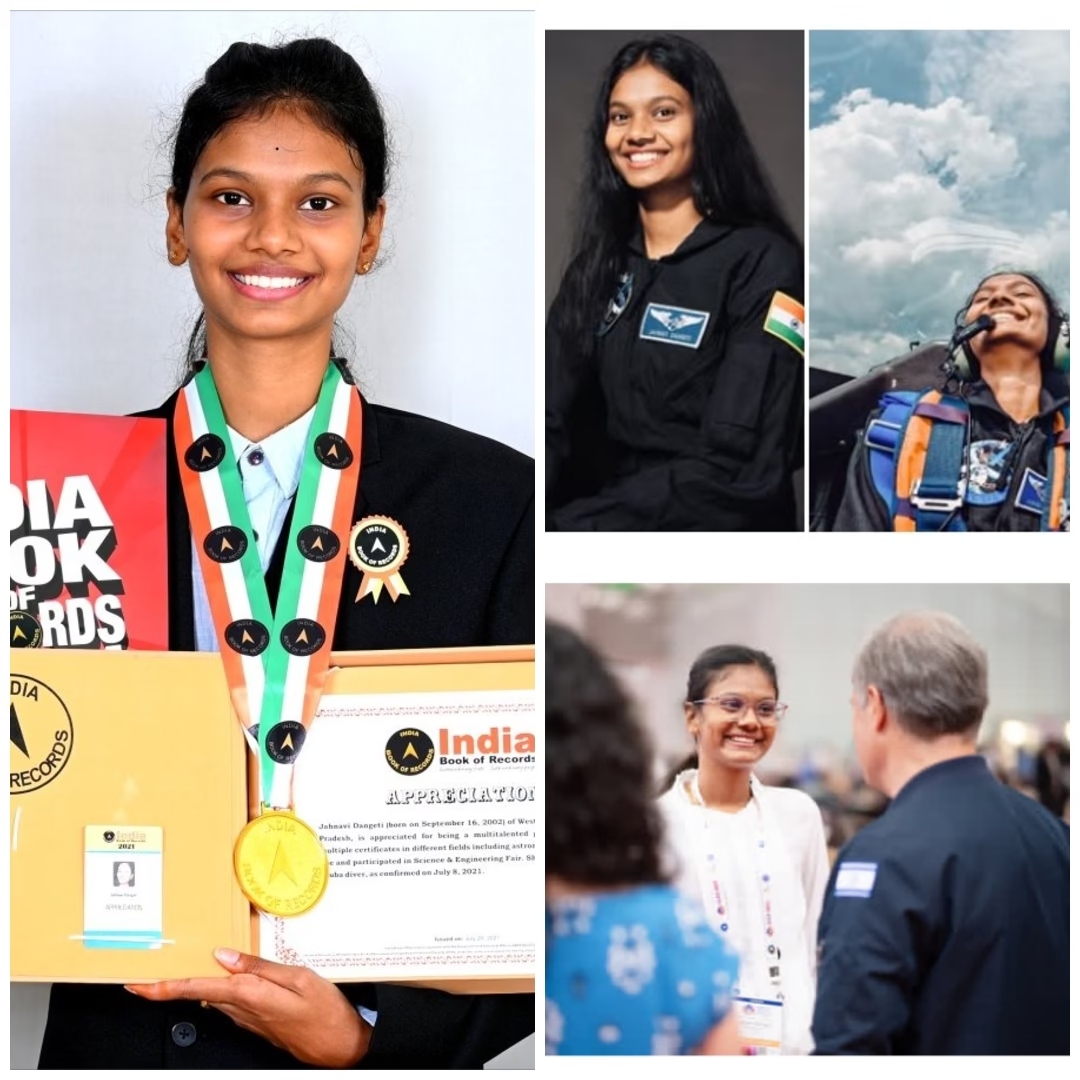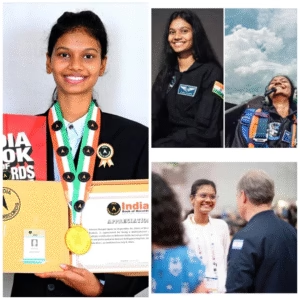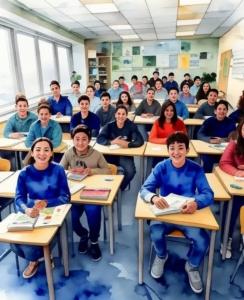🚀 Master chapter 2 Cell Cycle & Cell Division: class 10 icse Selina Ultimate Answer Set for Exam Success! 🌟

🚀 Master chapter 2 Cell Cycle & Cell Division: class 10 icse Selina Ultimate Answer Set for Exam Success! 🌟
ICSE CLASS 10 ICSE CLASS 10 BIOLOGY BASTRONAUTWAY SirBikramSutradhar Bikram Sutradhar GrandMaster Bikram Sutradhar selina biology solutions ICSE Biology Selina Solution
📌 🚀 Master Cell Cycle & Cell Division: class 10 icse Selina Ultimate Question Set for Exam Success! 🌟
Master Cell Cycle & Cell Division for ICSE Class 10 with this comprehensive answer set featuring
MCQs, fill in the blanks, short & long answers with detailed explanations and emoji-based formatting for easy understanding! 🚀📚
📝 Section A: Fill in the Blanks ✍️

1️⃣ The three components of a nucleotide are sugar, phosphate group, and nitrogenous base. 🧬
2️⃣ The chromosome count is reduced by half during meiosis. 🔬
3️⃣ Chromosomes align at the equatorial plane during the metaphase phase of mitosis. 🏛️
4️⃣ Chromatin fiber consists of DNA and proteins (histones). 🧵
5️⃣ The two identical chromatids of a chromosome are connected at the centromere. 🔗
6️⃣ The discovery of DNA’s structure was first made by Watson and Crick. 🧑🔬👨🔬
7️⃣ DNA strands wrapped around histone proteins form a structure known as nucleosome. 🎀
8️⃣ A specific sequence of nucleotides present on a chromosome is called a gene. 🏷️
9️⃣ The stage during which DNA duplication takes place is the S phase. 🔄
🔟 The type of bond that links complementary nitrogenous bases in DNA is called a hydrogen bond. 🧪
🎯 Section B: Multiple Choice Questions (MCQs) ✅
-
📘 Becoming an Astronaut in India (ISRO) – A Complete Guide After Class 12
📘 Becoming an Astronaut in India (ISRO) – A Complete Guide After Class 12 ✍️…
-
📘 Calculus: GATE Engineering Mathematics – Section 2
📘 Calculus: GATE Engineering Mathematics – Section 2 🧠 Prepared with Inspiration from GrandMaster Bikram…
-
✍️ Master English Grammar: Fun Tricks & Smart Hacks for Confident English! 📚✨
✍️ Master English Grammar: Fun Tricks & Smart Hacks for Confident English! 📚✨ 🔥 Presented…
-
Germany’s Warm Admiration for Indian & Asian Communities
🇩🇪✨ Germany’s Warm Admiration for Indian & Asian Communities A Heartfelt Celebration of Culture, Talent,…
-
📘 Master Vedic Math: Multiply Big Numbers Fast (3×3 & 4×4 Digit Trick)
📘 Master Vedic Math: Multiply Big Numbers Fast (3×3 & 4×4 Digit Trick) 👨🏫 By…
-
📘 Vedic Math: Multiplication & Division Shortcut Tricks
📘 Vedic Math: Multiplication & Division Shortcut Tricks 👨🏫 By Grandmaster Bikram Sutradhar🏆 5× World…
-
📘 VEDIC MATH: SQUARE & CUBE TRICKS (Full Guide for Competitive Exams)
📘 VEDIC MATH: SQUARE & CUBE TRICKS (Full Guide for Competitive Exams) 👨🏫 By Grandmaster…
-
📅Calendar Tricks & Shortcuts – Learn to Find Day, Date & More in Seconds!
📅 Calendar Tricks & Shortcuts – Learn to Find Day, Date & More in Seconds!…
-
🔥 Ultimate Guide to Computer & Laptop Shortcut Keys 🧠💻
🔥 Ultimate Guide to Computer & Laptop Shortcut Keys 🧠💻 🚀 Boost your speed 10X…
-
July 2025 Vedic Moon‑Sign Horoscope 🌙 | Saturn & Mercury Retrograde Insights
July 2025 Vedic Moon‑Sign Horoscope 🌙 | Saturn & Mercury Retrograde Insights 📝Prepare for July 2025 with…
-
Top 20 Shubh Tracks You MUST Watch on @SHUBHWORLDWIDE 🎧
Top 20 Shubh Tracks You MUST Watch on @SHUBHWORLDWIDE 🎧 📝 Top 20 Shubh Tracks…
-
🕊️ Remembering Diogo Jota: A Football Legend ⚽
🕊️ Remembering Diogo Jota: A Football Legend ⚽ The football world mourns the tragic loss…
-
Dr. Jahnnabi Choudhury Completes BDS Degree – A Proud Moment for a Teacher | SirBikramSutradhar | bAstronautWay | Grandmaster Bikram Sutradhar
Dr. Jahnnabi Choudhury Completes BDS Degree – A Proud Moment for a Teacher Dr. Jahnnabi…
-
🌟🎉 Anupa Datta Shines Again with 475 Marks in TBSE Class 12 Science 2025 – A True Inspiration! Tbse Board Result 2025 🎉🌟
📅 Published on: April 30, 2025📍 Agartala, Tripura In a world where challenges often dim…
-
🚀 bAstronautWay – Your Ultimate Learning Destination! 🎓✨
TBSE CBSE Undergraduate and Postgraduate Entrance Exams 📍 Our Locations: 📌 Amtali | 📌 Uttam…
-
📝 Practical Use of Shall, Should, Could, Can, Would in English Grammar
📝 Practical Use of Shall, Should, Could, Can, Would in English Grammar 📚 By GrandMaster…
-
🎬 Ultimate Collection of South Indian Movies Dubbed in Hindi (Full HD)
🎬 Ultimate Collection of South Indian Movies Dubbed in Hindi (Full HD) By GrandMaster Bikram…
-
🌌 Jahnavi Dangeti: India’s Young Space Star Ready to Soar Beyond Earth!
🌌 Jahnavi Dangeti: India’s Young Space Star Ready to Soar Beyond Earth! 🖋️ By GrandMaster…
1️⃣ The chromatin material is composed of: (b) DNA and histones 🧵
2️⃣ The term “chromosome” literally means: (c) Coloured bodies 🌈
3️⃣ The process that reduces the chromosome number by half occurs in: (c) Both in ovaries and testes 🏥
4️⃣ The synthesis phase (S phase) of the cell cycle is named so because: (c) DNA is replicated 🔄🧬
5️⃣ The correct sequence of mitosis phases is: (b) Prophase, Metaphase, Anaphase, Telophase 🔬
6️⃣ New cells are not produced for: (b) Movement 🚶♂️
7️⃣ Chromosomes duplicate during which phase? (c) S phase 🔄
8️⃣ Triple hydrogen bonds are present between: (d) Guanine and Cytosine 🧪
9️⃣ In a human male body, the number of autosomes is: (b) 22 pairs 👨
🔟 The main reason for genetic variation during cell division is: (b) Crossing over 🔄
✏️ Section C: Very Short Answer Questions
1️⃣ Name the Following:
(A) The repeating subunits that make up a DNA strand: Nucleotides 🧬
(B) The complex that results when DNA is coiled around histone proteins: Nucleosome 🎀
(C) The type of bond joining complementary nitrogenous bases: Hydrogen bond 🧪
(D) The three components of a nucleotide: Sugar, Phosphate, Nitrogenous Base ⚛️
2️⃣ Answer the Following:
🟢 Cell A undergoes mitosis, while Cell B goes through meiosis. How many daughter cells will be produced?
🔹 Cell A: 2 daughter cells
🔹 Cell B: 4 daughter cells
3️⃣ Match the Following:
(A) Chromosomes arrange themselves along the center of the cell → (4) Metaphase 📍
(B) Separated chromosomes travel toward opposite poles → (1) Anaphase 🔀
(C) Chromosomes condense and become distinguishable → (2) Prophase 🌟
(D) Chromosomes loosen and revert to chromatin form → (3) Telophase 🔄
4️⃣ Fill in the Blanks:
(A) DNA duplication takes place in the S phase. 🔄
(B) Mitosis occurs in somatic cells. 🏥
(C) Meiosis occurs only in germ cells. 🧬
(D) Human sperm and egg cells contain 23 chromosomes each. 🧑🤝🧑
(E) During chromosome alignment in meiosis, homologous chromosomes arrange themselves in pairs. 👫
(F) During genetic recombination, non-sister chromatids of homologous chromosomes attach at the chiasma. 🔗
Section D: Short Answer Questions
1. Define the Following Terms:
a) Chromosome
A chromosome is a thread-like structure composed of DNA and proteins, specifically histones. It carries genetic information essential for inheritance, cell division, and development. Humans have 46 chromosomes in each somatic cell, arranged in 23 pairs.
b) Gene
A gene is a functional unit of heredity composed of DNA. It contains coded instructions that determine traits and direct protein synthesis. Genes are located on chromosomes and vary in length. Each individual inherits two copies of a gene, one from each parent, influencing traits such as eye color, height, and metabolism.
c) Cell Division
Cell division is the biological process where a single parent cell divides to produce two or more daughter cells. It occurs in two main types: mitosis (for growth and repair) and meiosis (for reproductive cells). This process ensures genetic continuity, allowing organisms to develop, reproduce, and maintain their functions.
d) Chromatid
A chromatid is one-half of a duplicated chromosome. Two sister chromatids are held together at the centromere before separating during cell division. Each chromatid contains a complete set of genetic instructions, ensuring identical genetic material is passed to daughter cells.
e) Aster
An aster is a star-shaped structure formed around the centrosomes during cell division in animal cells. It consists of microtubules that help in spindle fiber formation and chromosome movement. It plays a crucial role in proper chromosome alignment and segregation during mitosis and meiosis.
2. Give Reasons:
a) Why is meiosis necessary for the formation of gametes in sexual reproduction?
Meiosis is essential for sexual reproduction because it reduces the chromosome number by half, ensuring that the offspring receive the correct number of chromosomes. Without meiosis, the chromosome number would double with each generation, leading to genetic abnormalities. Additionally, meiosis introduces genetic variation through crossing over and independent assortment, increasing diversity in the population.
b) What makes meiosis known as a type of division that reduces chromosome number?
Meiosis is also known as reductional division because it reduces the diploid (2n) chromosome number to a haploid (n) state. This occurs through two consecutive divisions: Meiosis I separates homologous chromosomes, while Meiosis II separates sister chromatids. As a result, gametes contain half the number of chromosomes compared to somatic cells. This ensures that during fertilization, the chromosome number is restored to the diploid state, maintaining genetic stability.
c) Why do children of the same parents differ from each other in certain aspects?
Children of the same parents exhibit differences due to genetic recombination during meiosis. Crossing over, which occurs in prophase I, leads to the exchange of genetic material between homologous chromosomes. Additionally, independent assortment ensures that each gamete receives a unique combination of chromosomes. Random fertilization further increases genetic variation. These processes result in unique genetic makeups, making siblings different in appearance, behavior, and traits despite having the same parents.
3. Differentiate Between:
a) Cytokinesis and Karyokinesis
- Cytokinesis is the process in which the cytoplasm divides, resulting in the creation of two distinct daughter cells.
- Karyokinesis: The division of the nucleus, where chromosomes are equally distributed between daughter nuclei.
b) DNA and RNA
- DNA: Double-stranded molecule, contains deoxyribose sugar, and uses thymine.
- RNA: Single-stranded molecule, contains ribose sugar, and uses uracil instead of thymine.
c) Nucleosome and Nucleotide
- Nucleosome: A DNA-histone complex that helps in chromosome packaging.
- Nucleotide: The basic unit of nucleic acids, consisting of a phosphate group, a sugar, and a nitrogenous base.
d) Centrosome and Centromere
- Centrosome: An organelle that organizes spindle fibers during cell division.
- Centromere: The region where two sister chromatids are joined together in a chromosome.
e) Haploid and Diploid Cells
- Haploid Cells: Contain a single set of chromosomes (n), found in gametes.
- Diploid Cells: Contain two sets of chromosomes (2n), found in somatic cells.
4. Write the Full Forms of the Following Abbreviations:
- DNA: Deoxyribonucleic Acid
- RNA: Ribonucleic Acid
Section E: Identify the Odd One Out & Give the Reason
1. Adenine, Guanine, Adrenaline, Thymine
- Odd One: Adrenaline
- Reason: Adenine, Guanine, and Thymine are nitrogenous bases found in DNA, while adrenaline is a hormone responsible for the fight-or-flight response.
2. Pentose sugar, Histones, Phosphate group, Nitrogenous bases
- Odd One: Histones
- Reason: Pentose sugar, phosphate groups, and nitrogenous bases are components of a nucleotide, whereas histones are proteins that help in DNA packaging.
3. Metaphase, Anaphase, Interphase, Telophase
- Odd One: Interphase
- Reason: Metaphase, Anaphase, and Telophase are stages of mitosis, whereas Interphase is a preparatory phase that occurs before mitosis.
4. G1 phase, M phase, G2 phase, S phase
- Odd One: M phase
- Reason: G1, S, and G2 phases are part of interphase, whereas M phase (mitotic phase) is the stage where cell division occurs.
5. Chromoplast, Chromosome, Chloroplast, Leucoplast
- Odd One: Chromoplast
- Reason: Chromosome, Chloroplast, and Leucoplast are all associated with DNA. Chromoplast, however, is involved in pigment storage and does not play a role in genetic material.
Written By
Full Stack Developer and 5-Time World Record Holder, Grandmaster Bikram Sutradhar
bAstronautWay : A Government-Approved Trademark
SirBikramSutradhar on YouTube
SirBikramSutradhar is also a Government-Approved Trademark
More Story click the link
